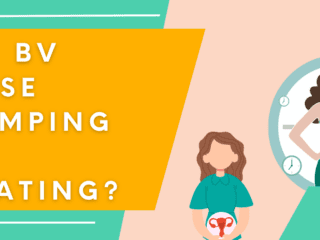Hypertension is the silent killer because often there are no signs or symptoms. The CDC estimates, on average, 11 million adults in the country have undiagnosed high blood pressure. Often the condition is hiding in plain sight. In other words, these undiagnosed individuals see their doctor at least once a year. It’s unfortunately not unusual to have an increase in blood pressure during an office visit, so the condition goes undiagnosed. When symptoms do appear, however, they are easy to miss or mistake for another medical condition.
Symptoms
- Early morning headaches
- Nosebleeds
- Irregular heartbeat
- Changes in vision
- Buzzing in the ears
- Fatigue
- Nausea
- Vomiting
- Confusion
- Anxiety
- Chest pain
- Muscle tremors
FAQ
How do you feel when you have hypertension?
Someone with hypertension might feel fine or they may have minor symptoms like a headache or fatigue. The only accurate way to detect this condition is to have blood pressure measured. That is something that can be done at home but should be confirmed by a healthcare professional.
What is dangerously high blood pressure?
Dangerously high blood pressure is a hypertensive crisis if the systolic measure is over 180 and the diastolic over 120. That doesn’t mean lower readings might not be dangerous for some with underlying health problems, though.
Long-term untreated stage 2 (140 for diastolic and 90 for diastolic) can be dangerous as well because it can damage vital organs like the brain, heart, or kidneys.
Disclaimer: this article does not constitute or replace medical advice. If you have an emergency or a serious medical question, please contact a medical professional or call 911 immediately. To see our full medical disclaimer, visit our Terms of Use page.





